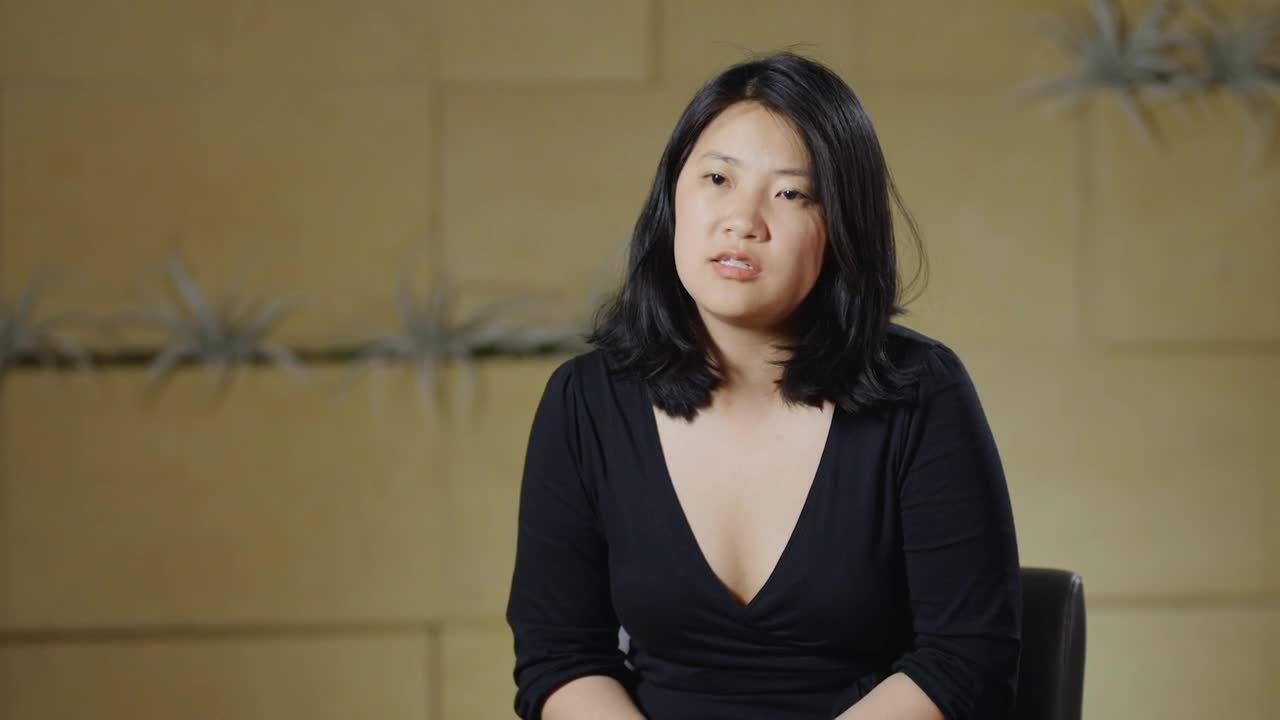
Centers for Medicare and Medicaid
Transcript
Crystal Yan: United States Digital Service is a startup within the federal government. We were founded four years ago after the healthcare.gov crisis when the CTO at the time decided instead of having technologists come in at the last minute to fix a problem, what if we had them embedded in the government from the very start, to make sure that things went pretty smoothly from the beginning. And our whole mission is to bring human centered design and modern software development practices into government, so that we can deliver better services to the American people.
Crystal Yan: At the US Digital Service, when we're solving very complex problems for many different types of users, diversity and inclusion is a huge part of making sure that we're delivering the best possible solution that meets many different types of needs.
Crystal Yan: The Quality Payment Program is an initiative to transform our healthcare system from a fee for service model to a value based care model.
David Koh: We use the technology that's going to be the best to solve the problem that we are faced with. And a lot of times that technology does end up being the cloud. One of the biggest issues with the Quality Payment Program is that people need to actually submit their information, and it's hard for people to submit their information. Quality Payment Program actually replaced three other programs that each had their own website, that each had their own identity management solution.
David Koh: One of the reasons that we ended up selecting Okta was because it was a a proven industry leader. It had a very easy to work with API that we could plug into. It fit our modern infrastructure, and it would actually, eventually make a good enterprise wide solution that can be leveraged at CMS as a whole.
Crystal Yan: What really makes me proud of what we've accomplished with the US Digital Service on the Quality Payment Program is really being a part of a movement to transform and change an entire industry. To move from a model where you're not necessarily having the incentives of patients and providers aligned economically to a model where those incentives can be more aligned. We have a chance to make a tremendous impact, to make an experience that's very critical, often to communities that are most vulnerable, easier.
